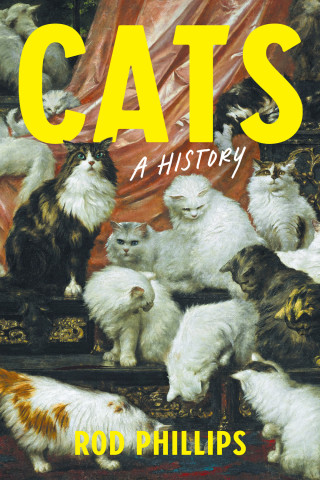
Reviews
Lewis's book provides not only a wealth of information but also delightful reading. It should be part of every library as a starter point for classes on American nineteenth-century public culture.
Belongs in the collection of anyone who claims to be serious about the study of American popular entertainments.
Includes a range of useful and previously inaccessible sources. Both researchers and teachers will find it a valuable reference.
An impressive and judiciously selected collection of relevant documents... This compendium is notable for its broad coverage of forms, informative commentary, and superb bibliographic essay on sources.
An eminently useful book... It is an excellent reader for introducing students to cultural history, bringing it alive through primary sources.
All-encompassing... it is likely to become a standard work, for media students as well as for American history enthusiasts.
Robert Lewis offers a revealing look at the rich scope of America's popular entertainment past. Through a series of marvelously chosen primary sources, he vividly brings to life the dime museums, circuses, melodramas, extravaganzas, and other amusements to which nineteenth-century audiences flocked. Ultimately the book affords us a new perspective on today's popular culture and shows that despite great advances in technology, the essence of public entertainment has changed little during the last two centuries.
Book Details
Introduction: From Celebration to Show Business
Part I. The Dime Museum
Early Museum Shows
Selling and Seeing Curiosities
Commentary
Dog Days of the Museum
Part II. Minstrelsy
Routines: Songs, Speeches
Introduction: From Celebration to Show Business
Part I. The Dime Museum
Early Museum Shows
Selling and Seeing Curiosities
Commentary
Dog Days of the Museum
Part II. Minstrelsy
Routines: Songs, Speeches, Dialogue, and Farce
Commentary: Rise and Fall of "Slave" Creativity
Reminiscences
Musical Comedy: Harrigan's Mulligan Guard
Confessions of an African American Minstrel
Part III. The Circus
The Circus Debated
The Early Circus
Big Business
The Audience
Part IV. Melodrama
A Plea for an American Drama
Classic Melodrama
Classic Melodrama's Audiences
The Ten-Twenty-Thirty Melodramas"LEG SHOW"
Part V. Burlesque Extravaganzas
The Black Crook
A Burlesque of Burlesque
Reactions to the Controversy
The Popular-Price CircuitTHE WILD WEST SHOW
Origins
Extracts from Buffalo Bill's Wild West Programs
Exhibiting Indians
Part VI. Summer Amusement Parks
Journalists and the "New" Coney
Showmen and the "Amusement Business"
Popular Responses
Two Critics of Coney's Banality
Part VII. Vaudeville
Vaudeville Defined
The Business
Routines





